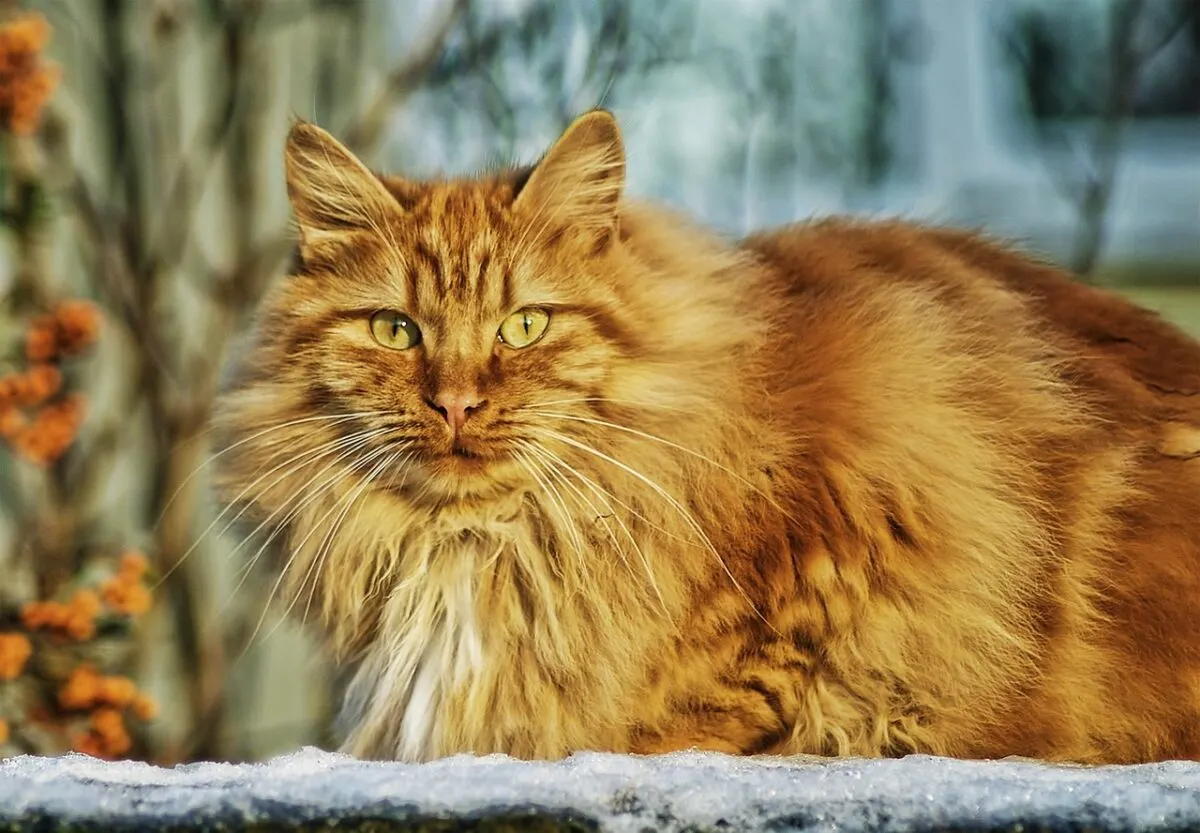Let’s take a closer look at this cat which is nothing short of fluffy – the Norwegian Forest Cat.
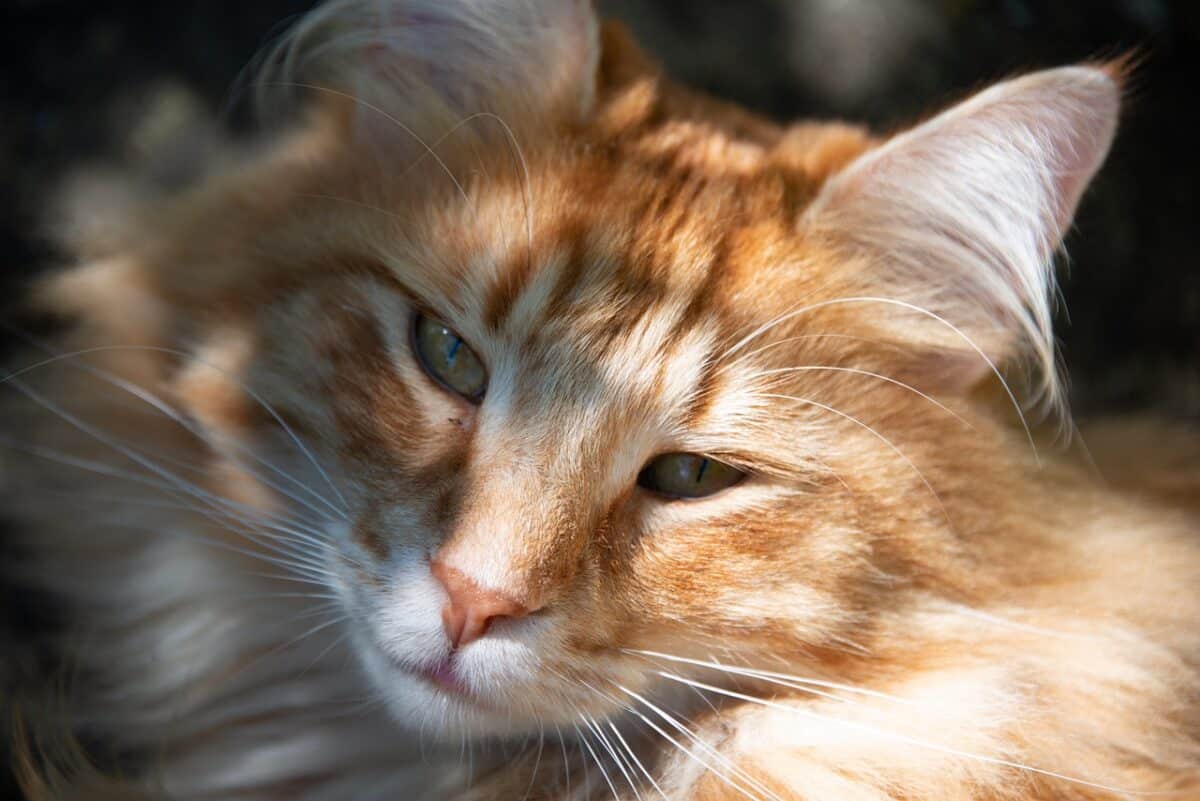
Are you looking to learn more about the majestic Norwegian Forest Cat? This magnificent breed of cats has a long and fascinating history – from being beloved by Vikings and eventually becoming Norway’s national cat. They are intelligent, playful, and can be independent outdoors but cuddly indoors. These cats make lovely family pets with their luxuriously thick coat and gentle temperament.
In this comprehensive guide, we’ll take an in-depth look at the Norwegian Forest Cat breed so that you can better understand them. Maybe they’re the perfect feline addition to your family?
Overview of the Norwegian Forest Cat Breed
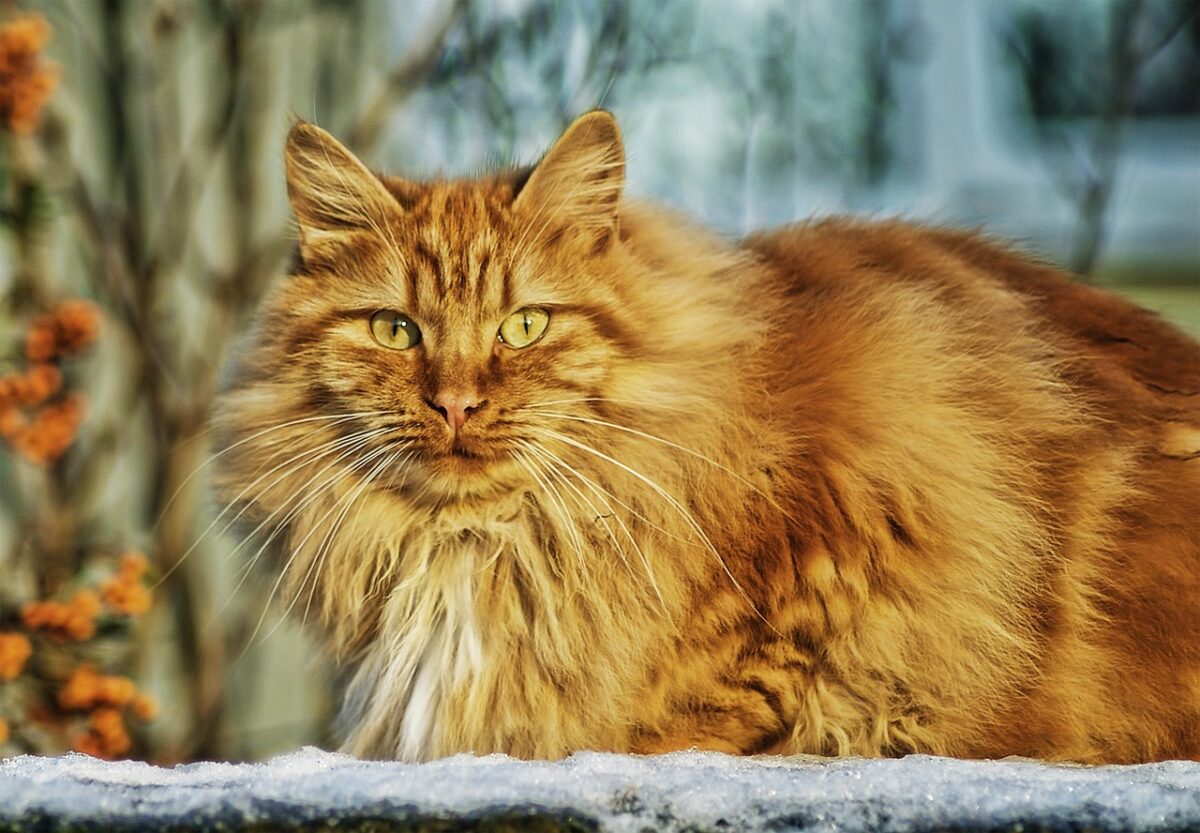
History
The Norwegian Forest Cat has been cherished for centuries, since the Viking times already. It was declared the official national cat of Norway in 1977. It remains a cherished member of numerous families today.
Physical Characteristics
Norwegian Forest Cats are medium to large cats with muscular bodies and typical feline features. The breed has iconic large ears and almond-shaped eyes that can be green or gold.
They have a thick double coat that helps them withstand cold temperatures, which may be one of the main reasons Vikings kept them around for so long! Their fur is typically long and water-resistant, with an extra bushy tail for protection from the cold. Their coats come in various colors: black, silver, cream, brown tabby, blue tabby, and tortoiseshell.
Temperament
While Norwegian Forest Cats may have an independent streak, they are also known for their friendly personalities, making them great family pets. While they can be playful outdoors, they also love to cuddle up with their owners indoors at night. They are intelligent creatures that are easily trained and love to learn new things.
Health
As with any breed, keeping an eye on your Norwegian Forest Cat’s health is important. Norwegian Forest Cats are generally healthy but may suffer from hip dysplasia or heart issues if they are not kept fit through exercise. They also have a genetic predisposition towards certain disorders, such as hypertrophic cardiomyopathy (HCM) and polycystic kidney disease (PKD.)
Bringing your cat to the vet can help maintain its health and happiness. Additionally, they have certain grooming requirements that you should follow to keep their luxuriously thick coat and avoid tangles in their fur.
Additionally, they are more prone than other cats to developing ear infections, so regular cleaning is recommended.
Size
These cats typically weigh between 9 to 16 pounds when fully grown and measure up to 17 inches in length. Males are usually larger than females.
Personality Traits of the Norwegian Forest Cat Breed
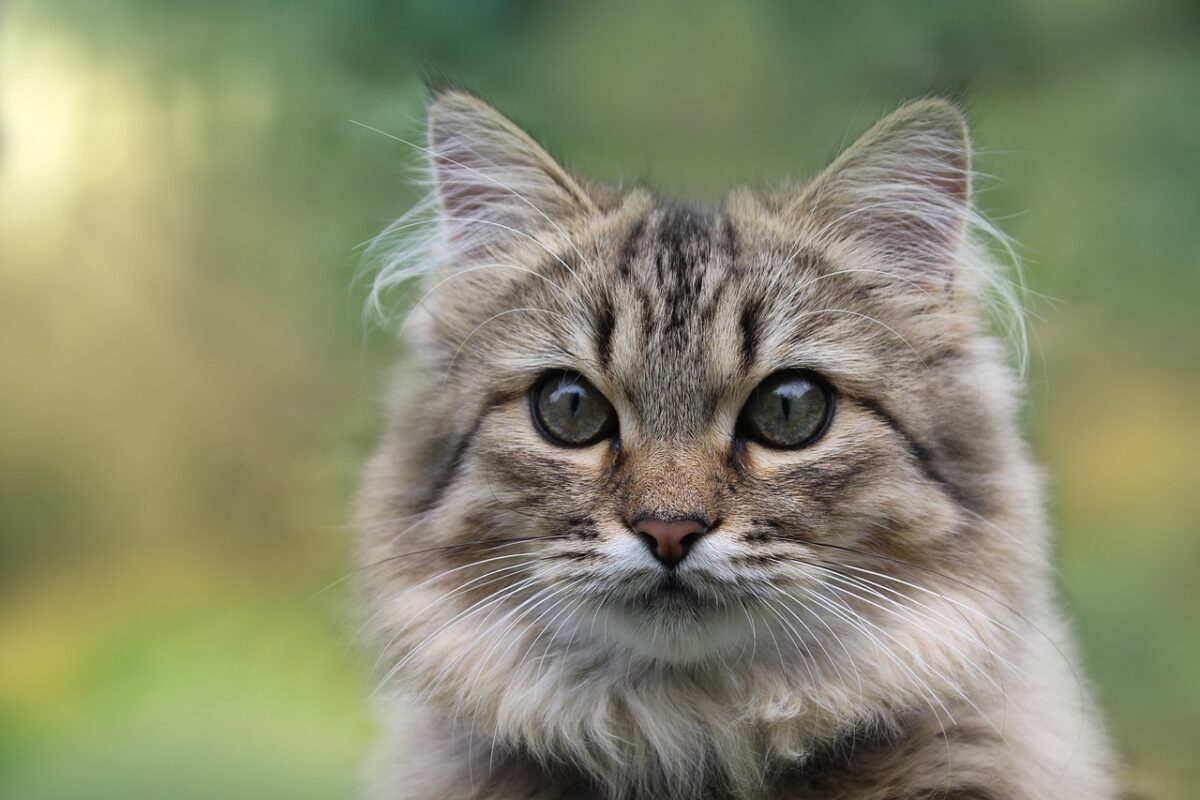
Adaptability
Norwegian Forest cats are quite adaptable animals, able to adjust to new environments and people easily. They typically have a calm temperament and don’t mind being handled or petted.
Friendliness
These cats are extremely friendly and affectionate with their owners. They usually prefer human contact over that of other cats, although they can get along well with other pets in the home.
Playfulness
Norwegian Forest Cats are generally very playful, often engaging in high-energy activities such as chasing balls or playing hide-and-seek when given the opportunity. Ultimately, these cats love being around people, so playing with them can do wonders for their overall health!
Curiosity
These cats are naturally curious creatures who love exploring and discovering new things. They may follow their owners around or investigate any new objects that they find.
Intelligence
Due to their intelligence and problem-solving abilities, the Norwegian Forest Cat is an excellent choice for active families seeking an interactive and engaging pet.
Independence
While they can be very affectionate and devoted to their owners when indoors, these cats also enjoy spending time alone outdoors if given a chance. It makes them perfect for busy households where owners may be unavailable for playtime.
Grooming Requirements
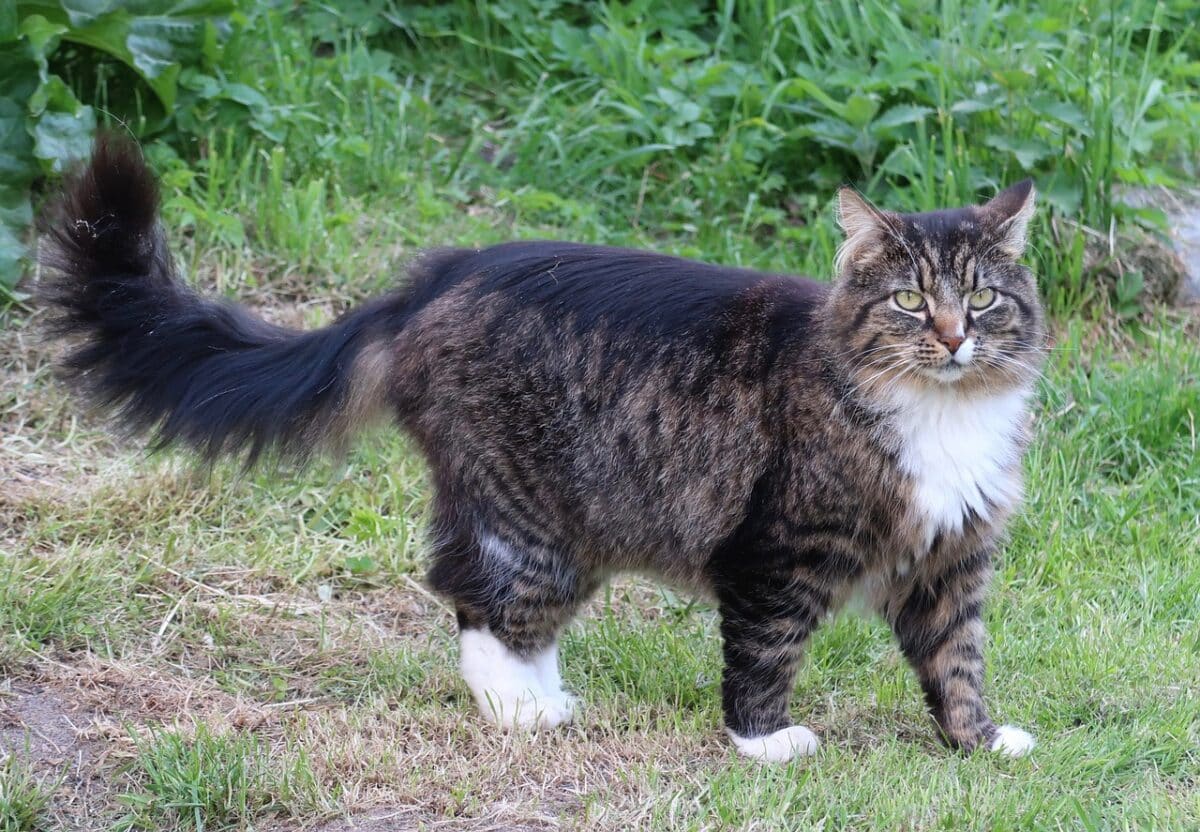
The Norwegian Forest Cat is known for its long, luxurious coat and, as a result, needs regular grooming.
Brushing
Regular brushing your cat at least once a week is crucial in maintaining a healthy and tangle-free coat. It should be done gently with a soft-bristled brush, starting at the neck and brushing toward the fur’s growth.
Areas To Pay Special Attention To While Brushing
It’s also important to pay special attention to the areas around the base of the tail, underarms, and other patches of fur that get extra matted.
Bathing
Limiting baths for your cat only when necessary is important, as over-bathing can remove its natural oils and cause its coat to become dry and brittle.
Learn more about Norwegian Forest Cat Grooming (Step-by-Step Guide).
Exercise Requirements For Norwegian Forest Cats
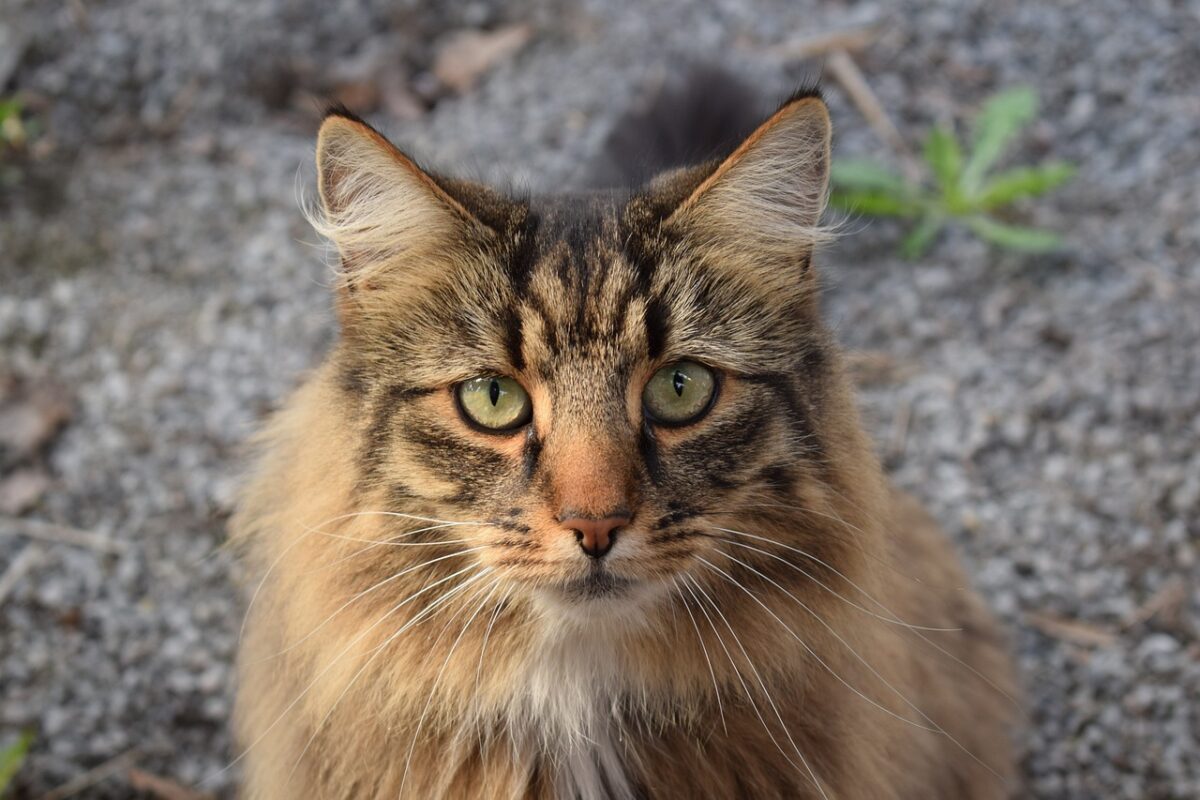
Indoor Exercise
Though they may have an independent streak outdoors, Norwegian Forest Cats are still playful animals that need plenty of exercise indoors, along with mental stimulation.
Interactive Toys
To keep your cat active and amused all day, consider investing in interactive toys like laser pointers or feather wands.
Furnishing Scratching Posts
Moreover, providing them with scratching posts made from rope or cardboard will give them something to scratch on instead of furniture or carpets.
Outdoor Exercise
For outdoor cats, it can also help to provide hiding places such as shrubs or small shelters where they can rest when needed.
While these cats may enjoy being outdoors, it’s best to keep them indoors during harsh weather.
Feeding and Nutrition Guidelines For the Breed
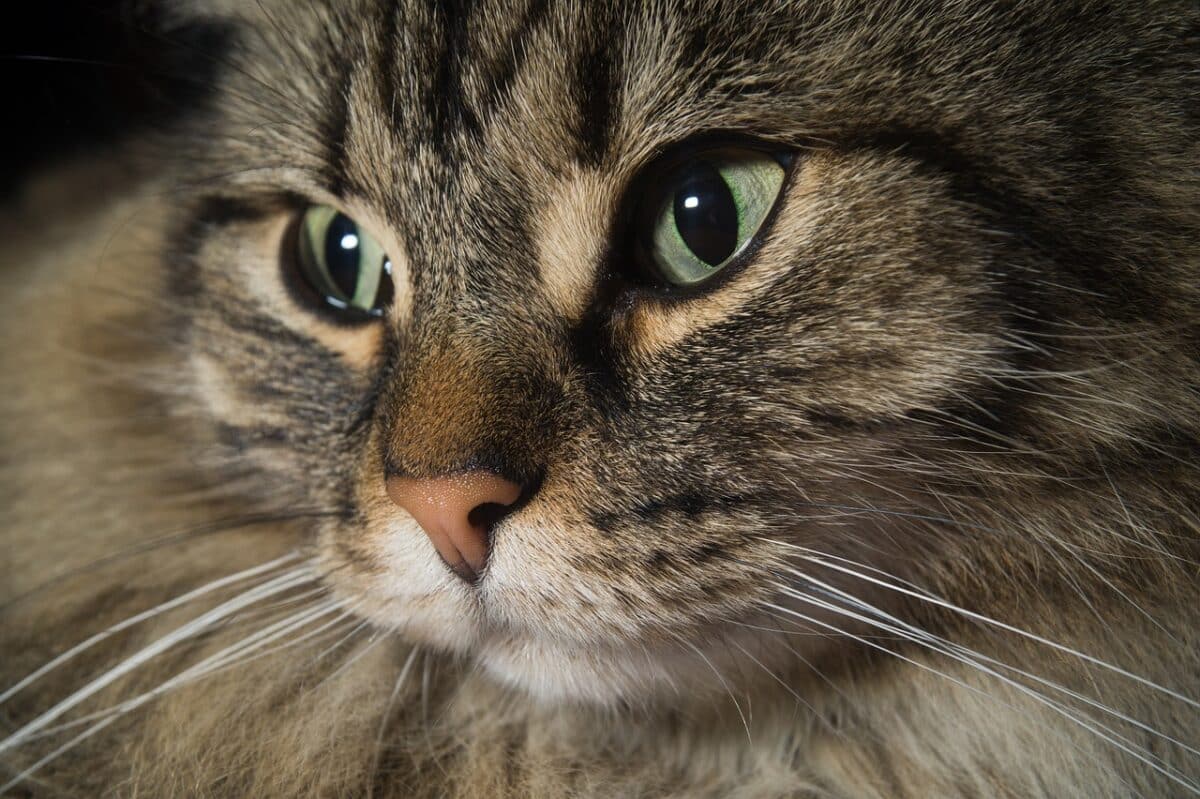
When feeding your Norwegian Forest Cat, you’ll want to ensure you provide them with a high-quality, balanced diet.
- The Norwegian Forest Cat’s natural diet should balance proteins, fats, carbohydrates, vitamins, and minerals.
- Incorporating taurine into their diet is important for healthy eyesight and heart function.
- You should feed them wet or canned food along with dry kibble for optimal nutrition.
- It is best to avoid giving them too much processed food as this can cause obesity or other health problems in the long run.
Lifespan
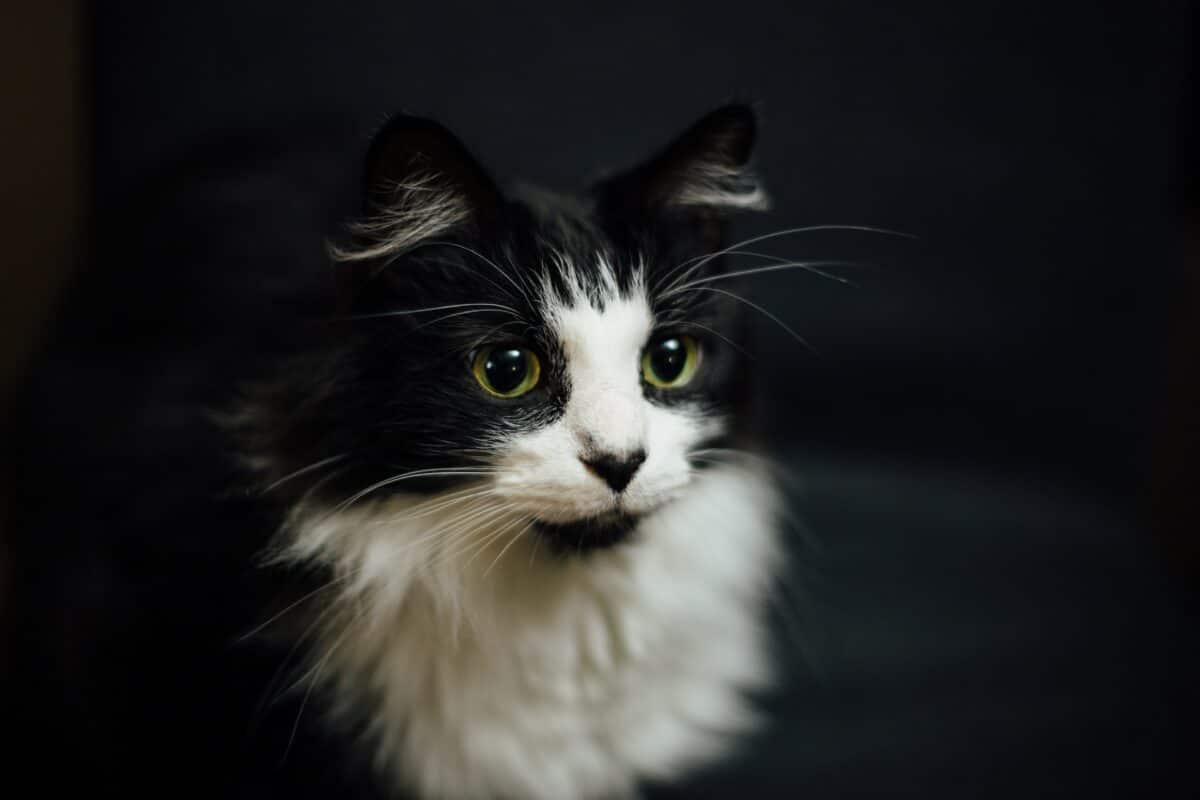
These cats are known to have a very long lifespan. On average, they live to be 14-15 years old. With proper care and regular veterinary check-ups, though, they can easily live to be 20 years old.
Key Points
| Since Viking times, the Norwegian Forest Cat has been cherished. It was declared the official national cat of Norway in 1977 and remains a beloved member of many families today. |
| Norwegian Forest Cats have a beautiful and unique appearance, with a muscular body and thick double-layered coat. Their fur is typically long and water-resistant, with an extra bushy tail for protection from the cold. |
| Norwegian Forest cats are quite adaptable animals, able to adjust to new environments and people easily. They typically have a calm temperament and don’t mind being handled or petted. |
| Regular brushing your cat at least once a week is crucial in maintaining a healthy and tangle-free coat. It should be done gently with a soft-bristled brush, starting at the neck and brushing toward the fur’s growth. |
| It’s important to get these cats tested regularly by a veterinarian to catch any signs of illness early on. Additionally, they are more prone than other cats to developing ear infections, so regular cleaning is recommended. |
Bottom Line
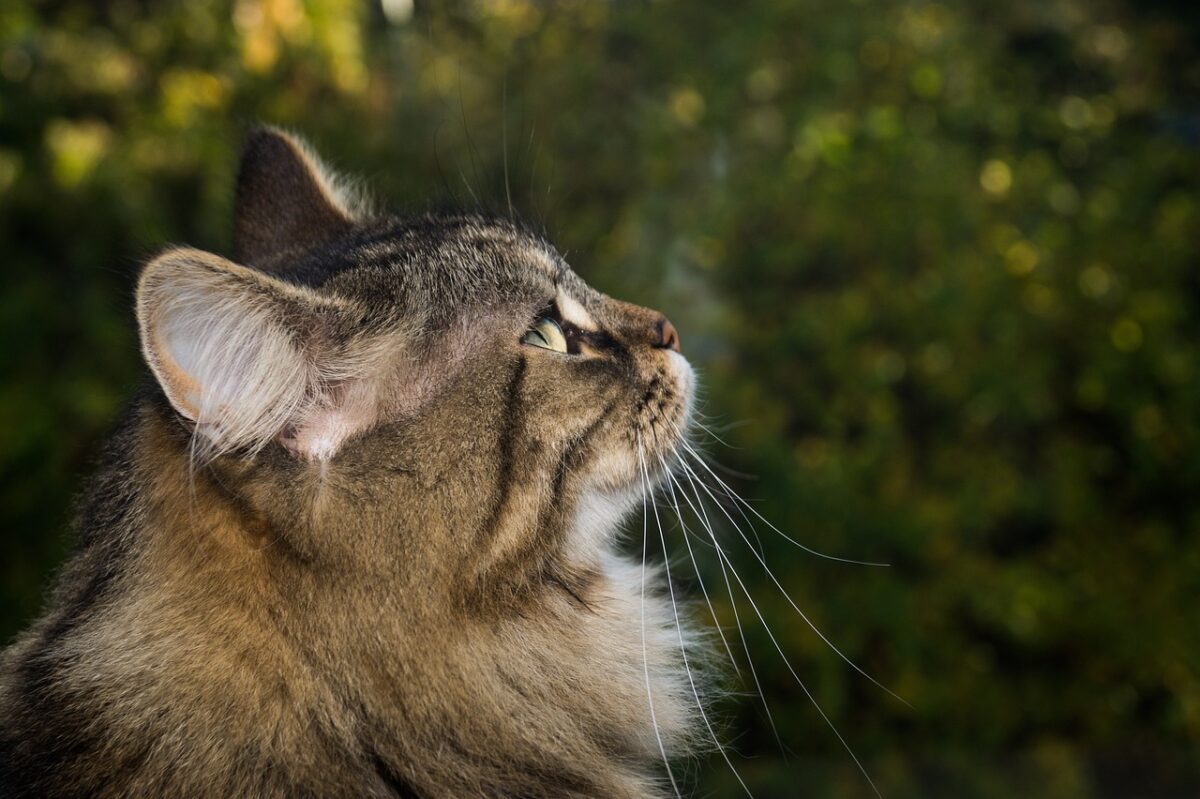
The Norwegian Forest Cat is a special cat breed with an undeniable charm and a winning personality. Their thick coat and sweet disposition make them perfect for families that love animals. They require lots of love and attention, so if you are ready to devote this energy to them, they will thrive in your home.
Before making your final decision, research what the Norwegian Forest Cat may need to live a healthy lifestyle. If you’re looking for a feline companion who is intelligent, independent, and friendly all at once, look no further than the beloved Norwegian Forest Cat!
Thank you for reading this post on one of the fluffiest cats around. If you already are a proud cat parent, the take a look at our post Can Cats Eat Wet Dog Food?
Join our Forum for free today!


